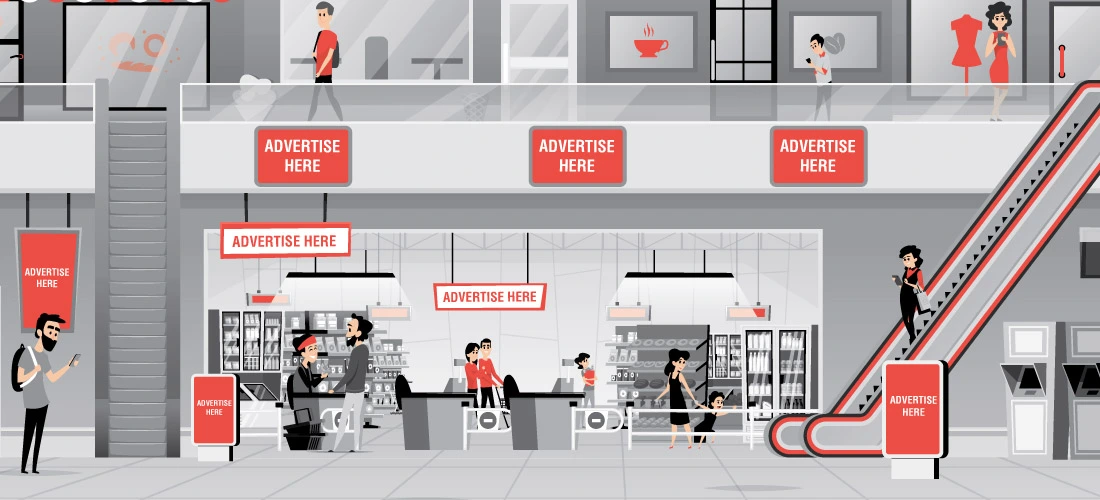The Ultimate Guide to Shopping Mall Marketing Strategy: Boosting Sales and Customer Engagement

Shopping malls have long been a hub for retail therapy, offering a wide range of products and services to shoppers. However, with the rise of e-commerce and changing consumer preferences, shopping malls need to adapt and implement effective shopping mall marketing strategies to boost sales and customer engagement. In this ultimate guide, we will explore various techniques that shopping mall owners and marketers can employ to make their malls more attractive and profitable.
First and foremost, it is crucial to understand the target audience and their needs. Conducting market research and gathering data on the demographics, preferences, and shopping behavior of the local community will provide valuable insights. Armed with this information, shopping malls can tailor their marketing efforts to meet the specific needs and preferences of their target audience.
One of the most effective ways to engage with customers and drive sales is by hosting events and experiential marketing campaigns. By organizing events such as fashion shows, live music performances, or food festivals, shopping malls can create a unique and memorable experience for visitors. This not only attracts new customers but also encourages them to spend more time at the mall, leading to increased sales.
In addition to events, shopping malls should leverage digital marketing strategies to reach a wider audience. Creating a strong online presence through social media, email marketing, and a well-designed website is key to driving customer engagement. Regularly updating social media pages with attractive content, promotions, and customer testimonials will not only keep existing customers engaged but also attract new ones. Email marketing campaigns can be used to inform customers about upcoming sales, promotions, and events, thereby driving foot traffic to the mall.
To further enhance customer engagement and boost sales, shopping malls can implement loyalty programs. Offering rewards, discounts, and exclusive access to special events for loyal customers encourages repeat visits and increases customer retention. Loyalty programs can also collect valuable customer data, enabling malls to personalize their marketing efforts and provide tailored offers and recommendations.
Another effective marketing strategy for shopping malls is collaboration with local businesses. By partnering with local restaurants, entertainment venues, or fitness studios, shopping malls can create mutually beneficial promotions, cross-promote each other's services, and offer combined discounts or rewards. This not only drives foot traffic to the mall but also strengthens the relationship between the mall and the local community.
Furthermore, creating visually appealing and immersive shopping environments can greatly enhance the overall customer experience. Investing in modern and attractive interior design, comfortable seating areas, and well-maintained facilities will make shoppers feel welcomed and encourage them to stay longer. Additionally, incorporating interactive displays, digital signage, and augmented reality experiences can add an element of entertainment and engagement, further increasing the attractiveness of the mall.
Lastly, gathering and analyzing customer feedback is crucial for refining marketing strategies and improving the overall shopping experience. Implementing customer feedback surveys, analyzing online reviews, and monitoring social media mentions will provide insights into customer satisfaction and areas for improvement. By actively addressing customer concerns and suggestions, shopping malls can ensure that they are constantly evolving and meeting the changing needs of their customers.
In conclusion, shopping malls need to implement a comprehensive marketing strategy to boost sales and customer engagement. By understanding their target audience, hosting events, leveraging digital marketing strategies, implementing loyalty programs, collaborating with local businesses, creating immersive shopping environments, and gathering customer feedback, shopping malls can stay competitive in the ever-evolving retail landscape and provide an exceptional shopping experience for their customers.
